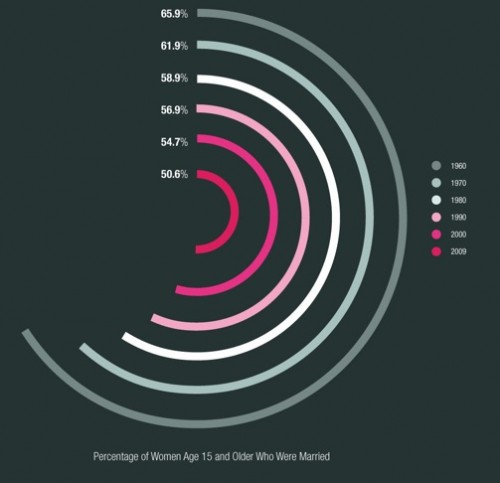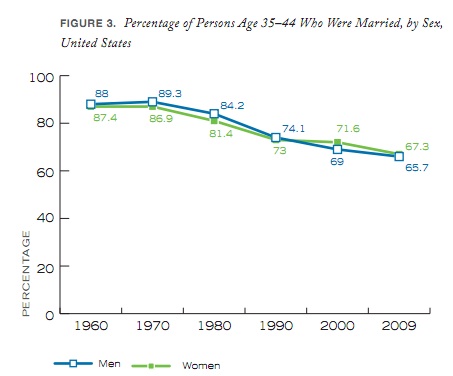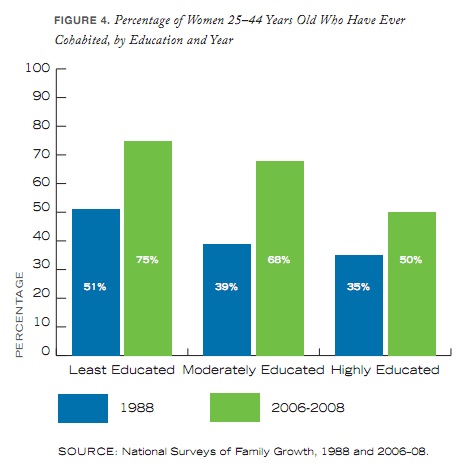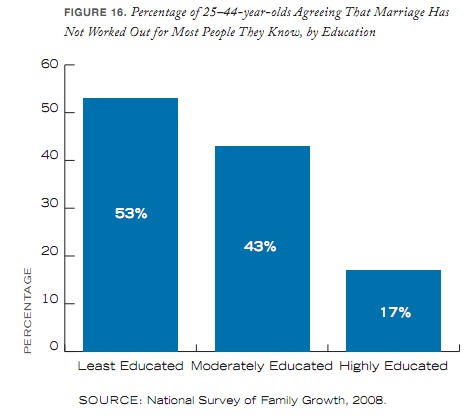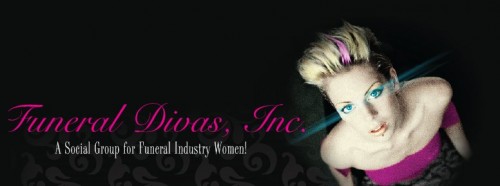Esther C., Erin R., and Scott P. sent in an interesting video, “Sexy Girls Have It Easy,” showing woman testing how her physical appearance affects whether she can get free things. She asks for a number of free things — ice cream, baked goods, a cab ride, carousel rides, and so on — while dressed in two ways to see if she is treated differently when she conforms more closely to standards of feminine beauty:
Documentary : Sexy Girls Have It Easy from Examples of Film & TV work on Vimeo.
It’s a non-scientific test, obviously, since she doesn’t ask the exact same people for free things dressed each way. Some commenters at Vimeo argue that she acts more confident and positive when she’s dressed up, and thus people are reacting to her attitude, not her appearance. Yet, even if this is true, we can’t necessarily separate our perceptions of someone’s confidence from their appearance, which may influence whether we interpret behavior as “confident” or as “pushy.”
Thoughts?


